It’s 2017 and great content is important now more than ever.
These days people discover brands through viewing their content. They find their photos on Instagram, watch their ads on Youtube, use their filters on Snapchat, and see their sponsored posts on Facebook. Meaning that if a brand has no content online, then it’s practically nonexistent.
In fact, the stats show that content marketing is far from stopping. Impact BND reports that 70% of marketers plan to create more content than they did in the past year, and 75% plan to increase their budget for their content marketing programs.
Since the competition just got tougher, don’t expect success without a robust long-term strategy.
What are the strategies you need to beat your competition? How can you get ahead in 2017?
One way is to leverage new and effective strategies that your competition has never heard of.
In this article, I’ve compiled 17 new and effective content marketing strategies, and I’ve touched on how you can do them, too.
Are you ready?
Then, here’s strategy #1
1. Share Underground Content
It’s easy to just write about what everyone is talking about.
But you won’t stand out if you are just like everyone else.
This saying holds true for both life and content marketing.
People can only be amazed at unique or fresh content. After all, when you share an article or a video, part of the reason why you shared it, is because you’ve never seen it before.
Although, you don’t have to be 100% original.
You can simply write about a topic in a new angle, or write about it before it becomes a trend.
One tool that I like to use when brainstorming article ideas is Feedly. After you create a free account, you can search for any website that you want to follow. In the example below, I’ve followed Neil Patel.
I have grouped all the marketing publications I followed in the marketing section of my Feedly account. This allows me to track the blog posts recently published by each publication and their popularity counts. By identifying the posts with the highest popularity counts, I can determine upcoming trends.
I can also use Feedly to track and follow keywords such as “content marketing.”
Once I click the search results, I can view the most recent posts about my target keyword.
2. Create Interactive Magazines
Do you ever miss browsing the glossy pages of a magazine?
The good news is they’re back!
While print magazines might be dead, interactive ones aren’t.
In fact, ASOS’ Brand Magazine has 486,000 readers and 820,000 online subscribers. For the uninitiated, these interactive magazines aren’t simply downloadable PDFs. Instead, think of a clickable magazine where you can shop on the page itself!
3. Integrate Content Marketing in Your Events
We all want our publications or blogs to be recognised in the industry. However, you do not just promote your brand online. Instead, you should also create events and shareable experiences on the ground.
Why?
Events provide a way for companies to increase brand awareness and meet valuable customers. Think about the opportunity to convince clients face-to-face!
One great example is Hubspot’s INBOUND.
The event features innovative talks, educational breakouts and hands-on-lessons from the world’s best marketing and sales professionals. Not surprisingly, it attracted 19,000+ professionals last 2016.
This is a great example of event marketing in action!
By creating INBOUND, Hubspot is not only able to engage with thousands of potential clients, but it is also able to establish the credibility of its content and online resources.
4. Survey Your Readers
No idea what topics to include in your content calendar? Why don’t you ask your readers for a change!
Here are some sample questions that can help get you started?
- What is the biggest challenge you have faced when it comes to your [industry]?
- What are the topics about [topic or industry] would you say aren’t being covered online (that you would like to be covered)?
- What product (eBook, course, blog post) would help you progress in your [industry] ?
- Are you interested in learning about [topics] ?
5. Be Controversial
People always pick sides. They are attracted to articles that either confirm or oppose their beliefs. Not only because its headlines spark curiosity, but also because they want to understand or be surprised by alternative opinions.
In fact, Neil Patel found that controversial topics get people sharing online.
So, how can you create content focused on controversial topics?
Go against the norm
You can talk about your controversial opinion, or report an incident that goes against the norm.
For example, consider the article in the image below. Viewers are likely to click the headline to find out how Elon Musk built a popular brand without even trying.
Ignite discussions
Pick a controversial topic and discuss the two sides of the issue.
For example, think about Heineken’s “Worlds Apart” advertisement.
The brand asked pairs of strangers to have fun and later revealed that they held opposing views on controversial issues. They were then asked to discuss their differences or leave. But the good news is that all of them chose to sit down and talk with a bottle of beer.
6. Survey Your Network to Generate Data
How do you create content with original research-backed data?
You can follow the Content Marketing Institute’s example and generate data using your own subscribers.
7. Match Content With Your Buyer’s Journey
How do you get customers to learn about your brand?
How can you get them to evaluate a purchase?
How do you turn a potential customer into an actual buyer?
The answer is to match content with the buyer journey.
Let’s say your customer subscribed to your blog, but hasn’t bought anything yet. Why not send them an email with ebooks, product guides or blog posts that will trigger them to consider a purchase? Or, why not give them a little push through a free trial?
If you are ready to give it a try, then check out this infographic that features offers for each stage of the buying cycle:
8. Send Link Requests
It’s no secret that links from authoritative sites are the secret to success. It is the reason why top blogs and influencers receive tons of link request emails every day.
As a result, most link requests are bound to be ignored.
Bottomline is:
You need to warm up to influencers first.
After all, why would they fulfil a request from a complete stranger?
If you’re not sure how to get on their good side, then start by following this engagement list from Groove:
9. Always Include a Feedback Button
Include a feedback button to find out what your audience thinks.
You can ask them questions regarding the type of content they prefer or what they would like to know more about. You might be surprised to discover that a lot of your viewers would prefer a webinar or podcast, or more visuals to grasp a specific blog post.
Here is an example of a feedback button from Usersnap:
10. Republish Your Content on Medium
Medium is a powerful platform that has over 30 million monthly visitors. Hence, it’s a great place to republish your posts and maximize your reach.
Not sure where to start? No worries!
You can easily create an account through your social network accounts or your email.
Next, click on your profile image and choose “Stories.”
Click the “Import a Story” option.
Enter the link of the blog post or article that you would like to repost.
Add tags and finally click the “Publish” button.
11. Update Your Blog Posts
Is a detailed guide from 2016 completely outdated and useless? Not exactly!
You can always maximize your old content by updating it.
In fact, Hubspot gained 100% in traffic by updating their old blog posts.
Want to try it too?
Here are some ways you can optimize your old content:
Write a follow-up
If you created a popular blog post, then why not make a sequel or follow-up piece?
Follow-ups are guaranteed to succeed. Not only because it already has an audience, but also because it can attract new readers and improve the traffic of older blog posts.
For example, if you wrote “A Beginner’s Guide to Content Marketing in 2017” you can follow it up with the “The Advanced Guide to Content Marketing in 2017.”
Display Related Posts
You can encourage your audience to stay and read your website by showing older content in the “Related Posts” section.
Update Old Content with Fresher Information
Since 2011, Google awarded freshness in its search results. Meaning if you have a blog post titled, “Content Marketing Tutorial for Beginners in 2017” it would automatically get a higher ranking than a similar post written in 2011. Not surprisingly, content that is more recent and timely, is ultimately more relevant.
12. Create a Message Architecture
What are your brand’s most distinct attributes?
What message do you want to convey?
Why should customers choose your product or service?
Ideally, your employees should answer these questions consistently, regardless of their position and department. Otherwise, you need to improve on your message architecture.
For starters, a message architecture conveys the brand’s attributes, communication goals and messaging priorities. What should be the general impression of viewers who read your content? What message should you convey to interested prospects?
A message architecture aligns the answers to these questions so that your messaging efforts are consistent across the board.
For example, Margot Bloomstein—author of Be a Greedy Bastard: Use Content Strategy to Get What You Want—interpreted Apple’s message architecture by listing the brand’s main attributes:

An alternative way is to indicate your brand’s primary message and secondary message:
13. Integrate End-to-End Testing
End-to-end testings are product reviews in a nutshell.
They test whether products will complete the tasks that they promised to do, from start to finish. Not surprisingly, these types of content gain a lot of traffic.
If you are buying a new laptop or a new phone, then you would scour online reviews. After all, you want to ensure that you’ll get your money’s worth.
One publication that specializes in end-to-end testing is The Verge. The publication uploads detailed video reviews that gain thousands of views.
These reviews not only boost its website traffic, but it also raises the audience’s perceived credibility on the publication.

Alternatively, Buzzfeed’s Youtube series—The Try Guys— vlogs the ups and downs of men embracing new and unusual experiences— such as playing the latest video games. The series contains entertaining and fun reviews that have more than a million views.
14. Create Adaptive Content
Adaptive content repurposes an idea across a variety of channels. Think of it like a blog post, which can be turned into an ebook, infographic, podcast or webinar. Obviously, each time the channel changes the content also changes, but the main idea remains the same.
For example, let’s say you have a blog post about SEO trends in 2017. Once you published the post, it became an instant hit. At some point, you want to write an in-depth ebook or case study about the topic. Again, once you published the materials, your website’s traffic skyrocketed. You then take the next step and host a Q&A webinar. Pretty soon, you may even conduct presentations about the said topic in marketing events.
This is adaptive content in a nutshell.
First, you choose a topic that’s adaptive.
Then, you discuss the topic across a variety of channels.
15. Get Indexed on Google News
How can you index your blog post in Google’s News Results?
Here is what you need to know:
Write original articles
Do not rewrite industry news presented on other sites. Instead, write stories about newsworthy events and quote credible sources.
Write relevant keyword-rich headlines
Clickbait headlines won’t get you any brownie points. Similar to its search engine, Google prefers headlines that are straightforward and precise.
Avoid evergreen content
Google News does not include how-to-articles, job postings, advice columns or general informational content. It’s a news curator, so it indexes timely news stories.
Write multiple articles daily
What can you say about the image below?
The news sources indexed are from authoritative publications that publish new content every day.
Establish Your Authority
Google News only indexes news from credible news sites. Meaning you won’t find any content from publications that you have never heard of before.
So, build your authority in the industry.
Get links and write for famous publications such as Forbes, Entrepreneur or The Huffington Post.
16. Leverage Account-based Marketing
Account-based marketing targets accounts. Instead of writing random blog posts in the hopes of finding clients, it’s focused on creating content that directly incorporates lead generation.
Marketo shows you how it is done below:
In Step 4, you can determine the optimum channels they leverage by identifying the authoritative publications in their region. You can also opt to send a personalized cold email to establish an initial relationship:
(Source: Crazy Egg)
The point here is to directly get in touch with your target accounts. If you can successfully reach out, then you can schedule a chat with your ideal prospects.
17. Determine Dark Social Data
We all know that social data refers to the number of shares.
Now, what about dark social data?
Dark social data is literally in the dark.
It’s when people share content by sending links via messaging apps or email. And, I bet you do this A LOT!
You send the most entertaining videos to your friends via Messenger. You share work-related blog posts to your office mates via WhatsApp. You share relevant content to your clients via email. In these dark social scenarios, the content has made such a huge impact that the reader wants to share it.
But…the data is left in the dark.
Fortunately, there are a lot of tools that you can use to measure dark social traffic.
Once you create an account, Po.st allows publishers and brands to gain insights on direct traffic and dark social traffic.
Another tool that allows you to measure dark social data is GetSocial.io. It tracks 100% of your traffic and generates user-friendly analytics reports about your site’s content.
Conclusion
The rules of content marketing are constantly changing. The one way you can adjust to these changes is to try new strategies that most marketers aren’t doing.
Instead of creating new content, try updating and republishing your old content. Rather than relying on the magic of social media and Google, directly target your desired prospects. And, don’t forget to keep writing great content!
While it’s true that content will always be king, it’s nice to know that there are a few techniques that can help you get ahead in the game!
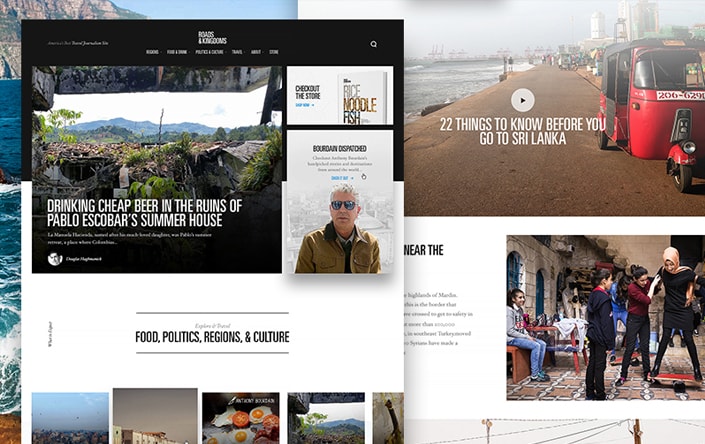
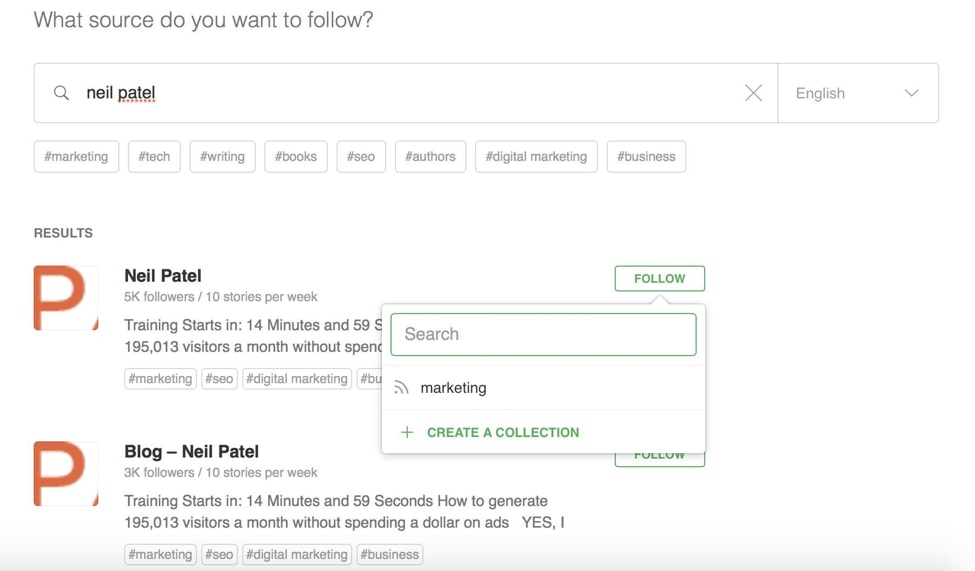
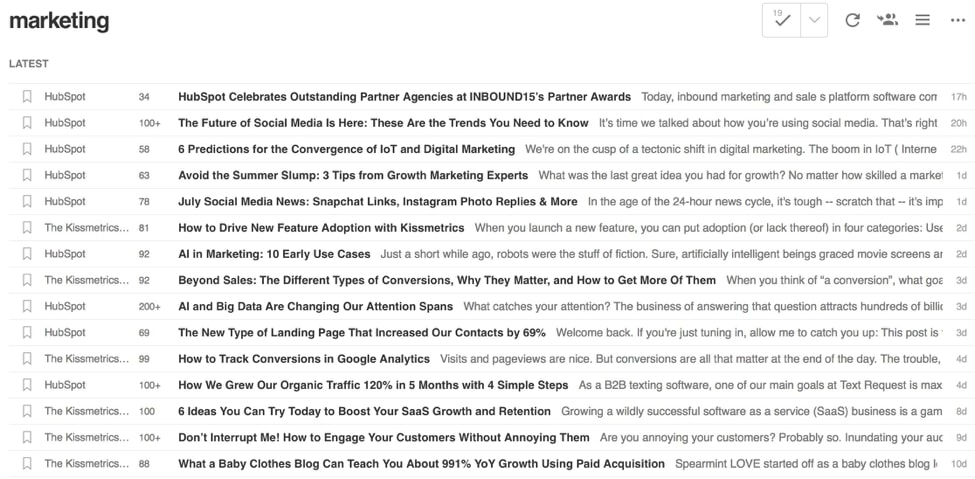
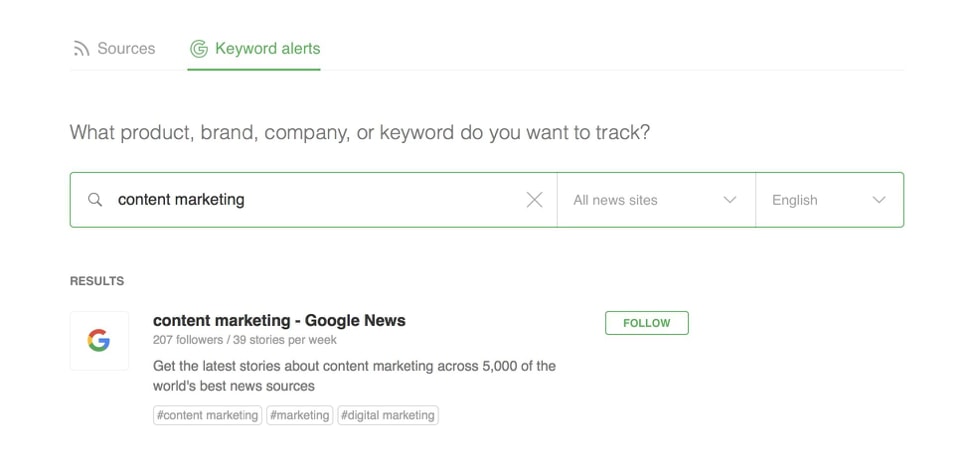
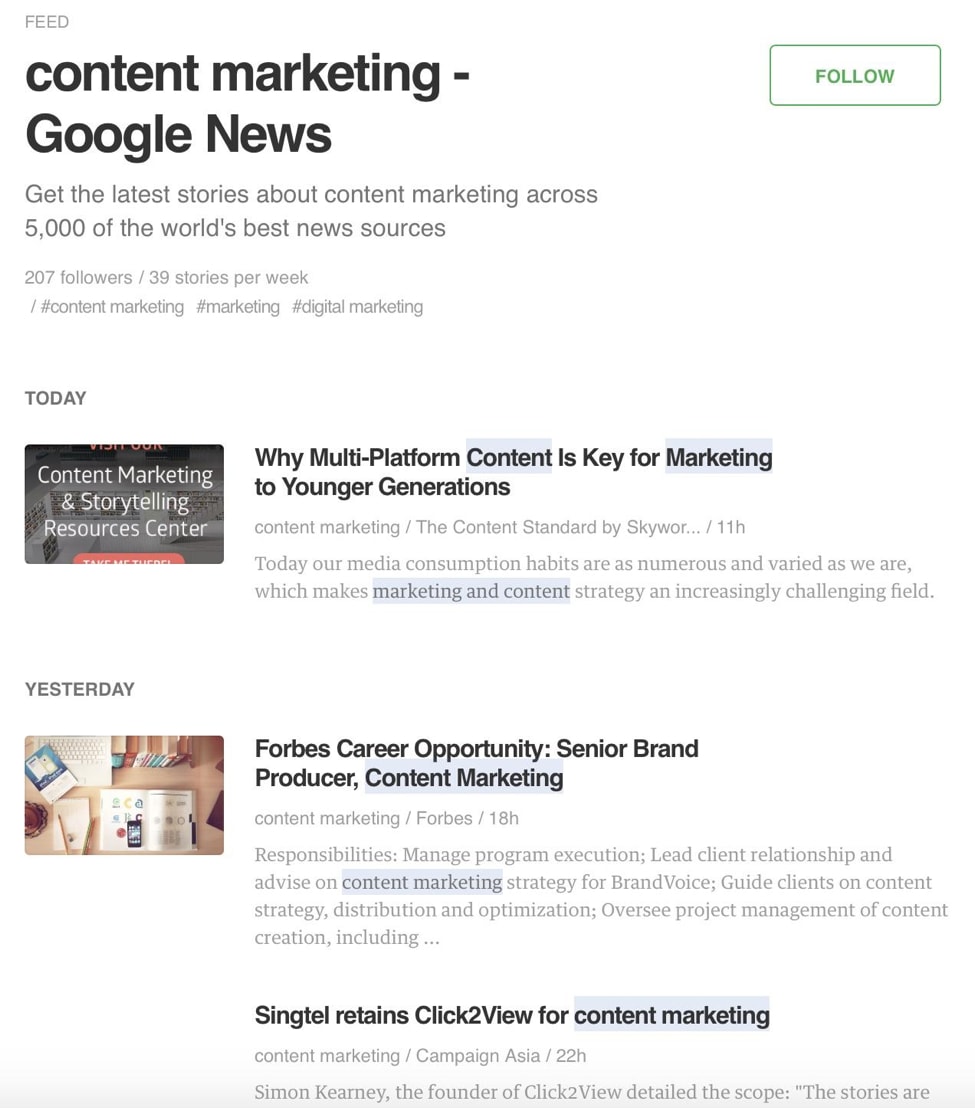






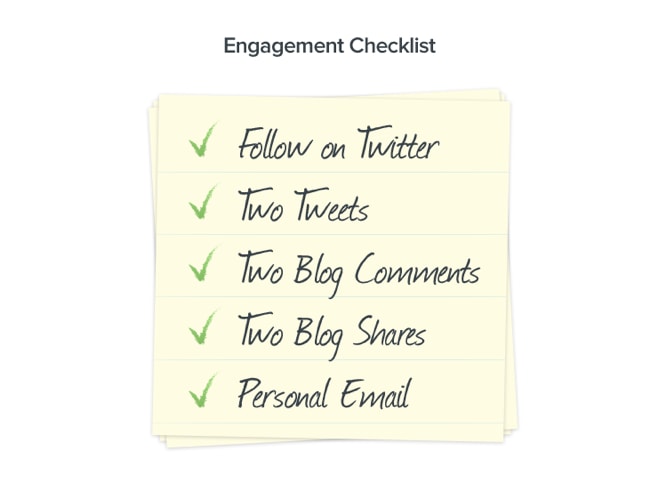
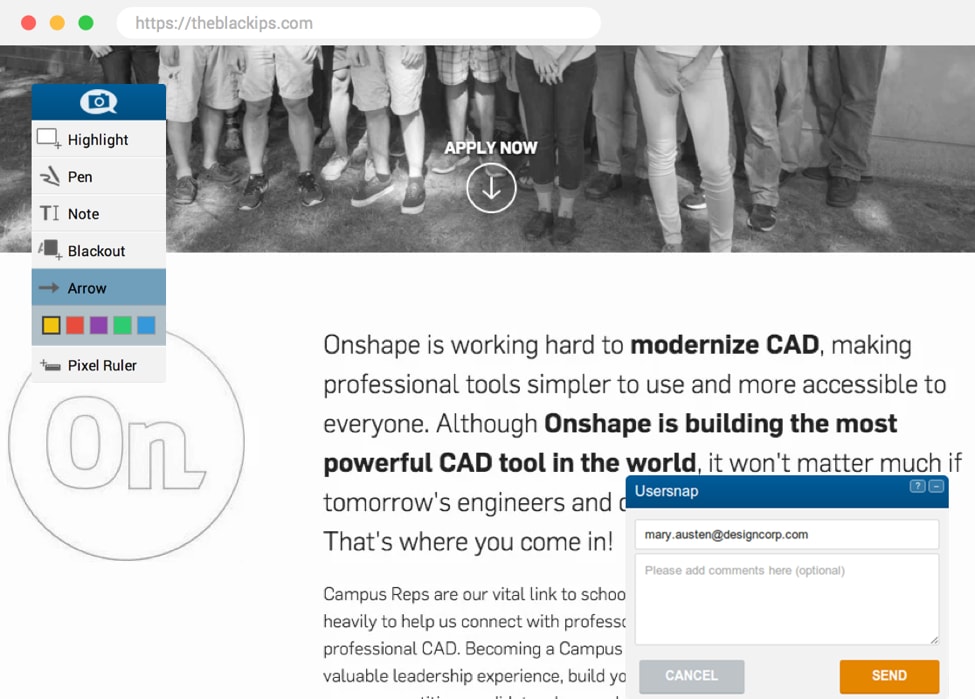

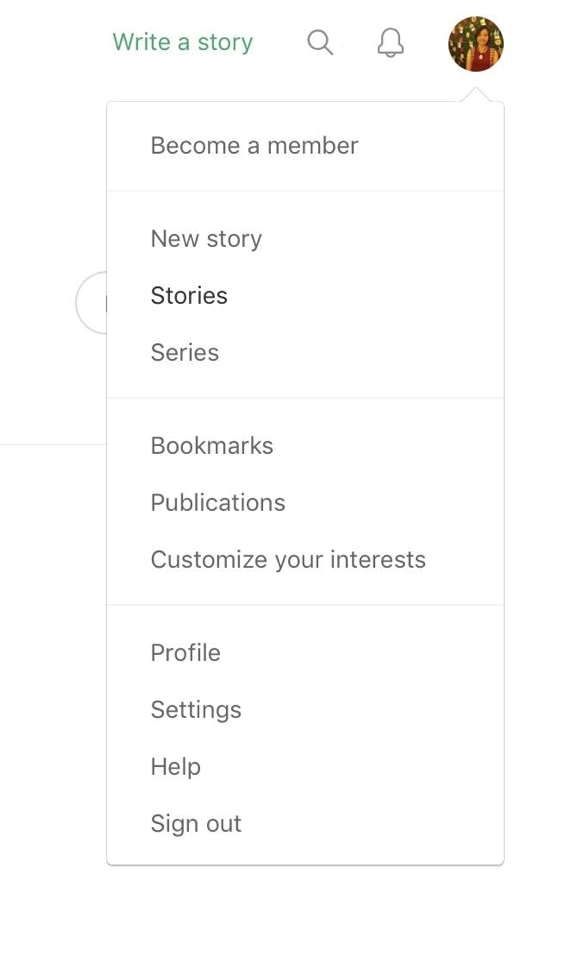

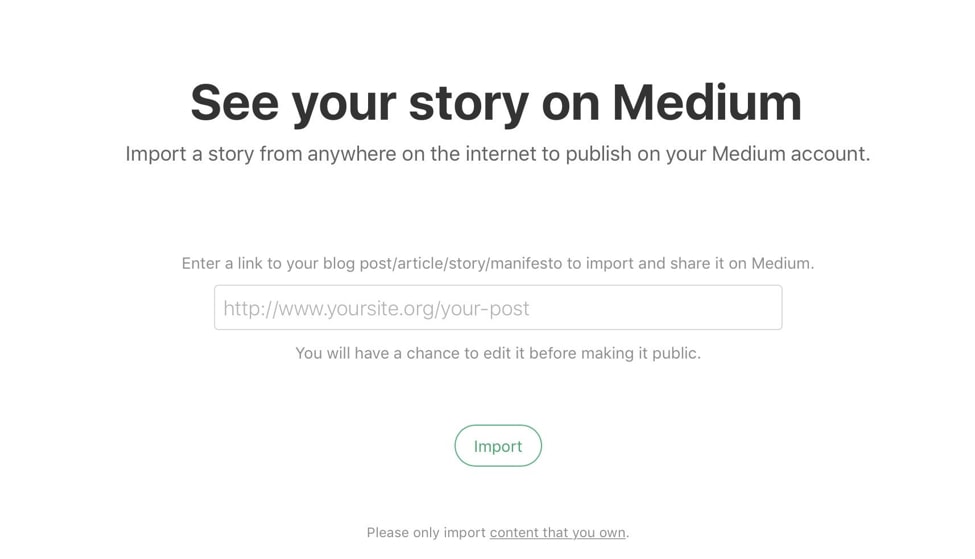
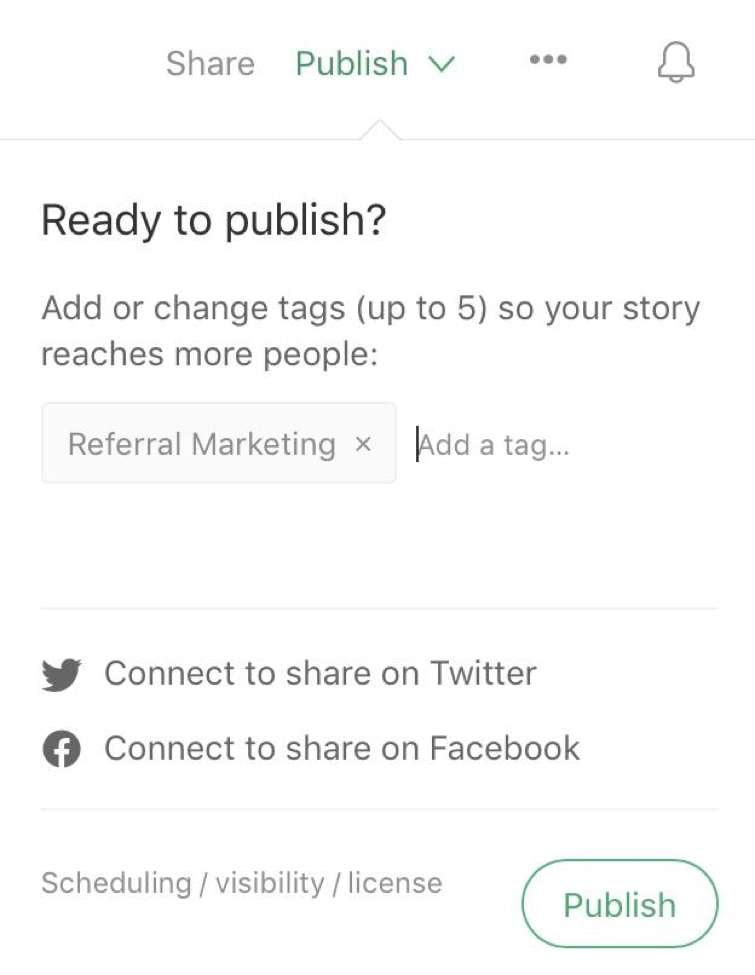
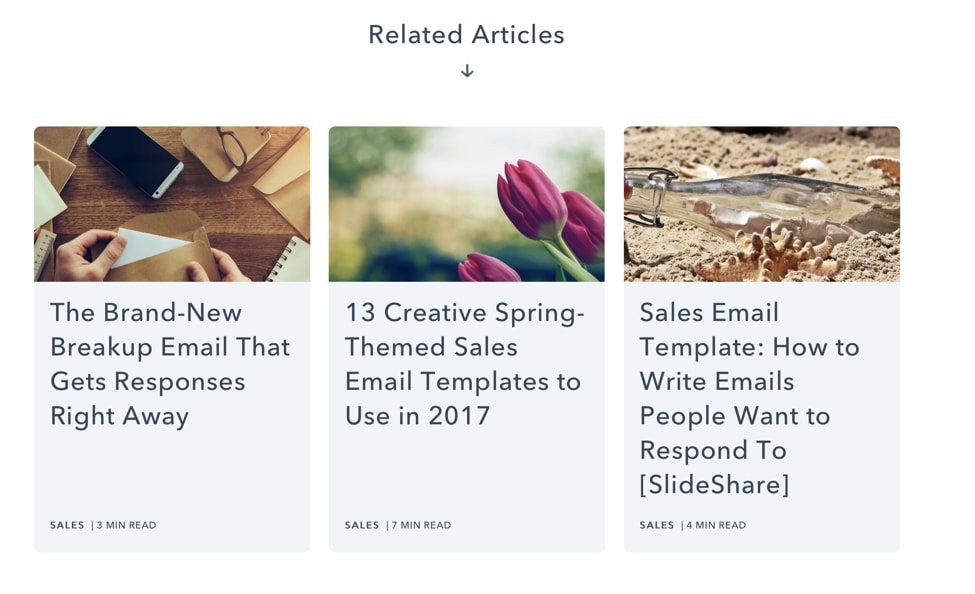
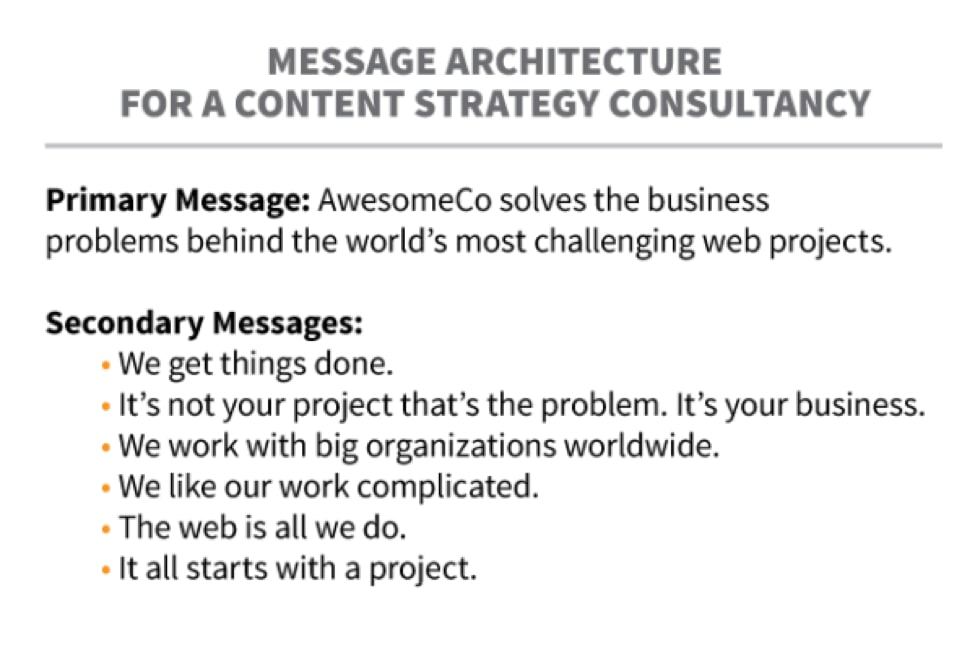


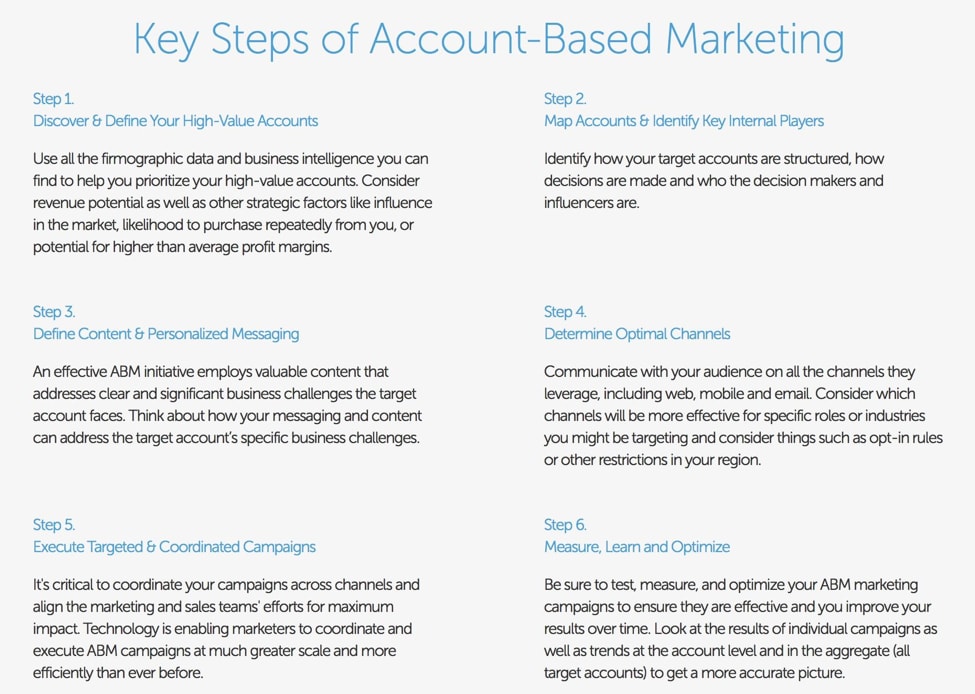
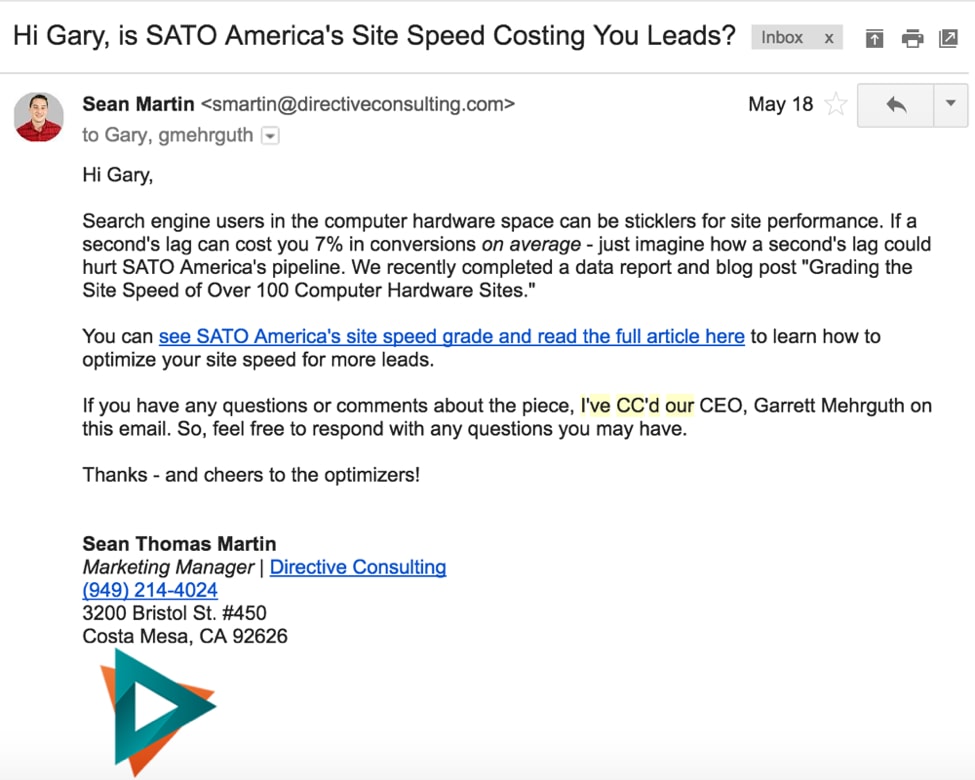
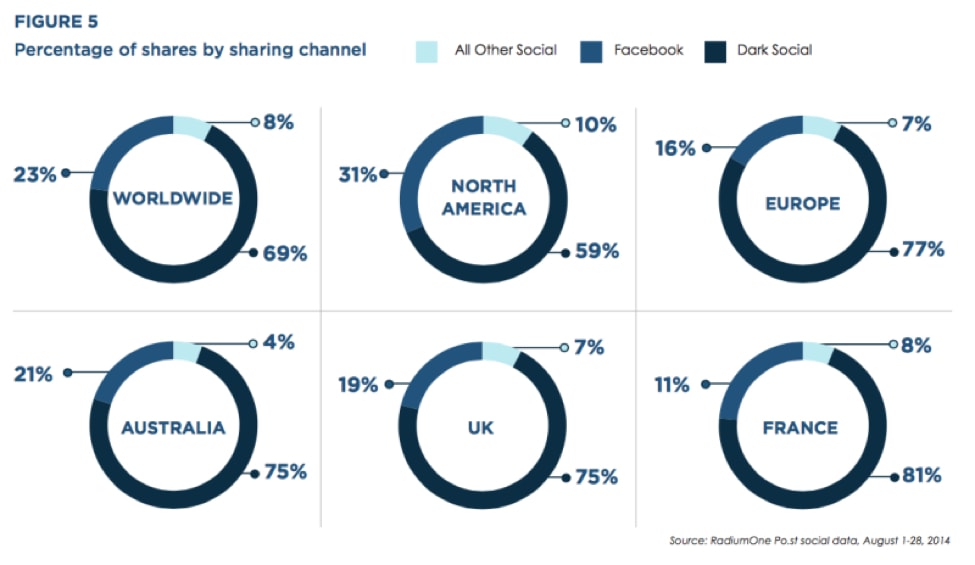
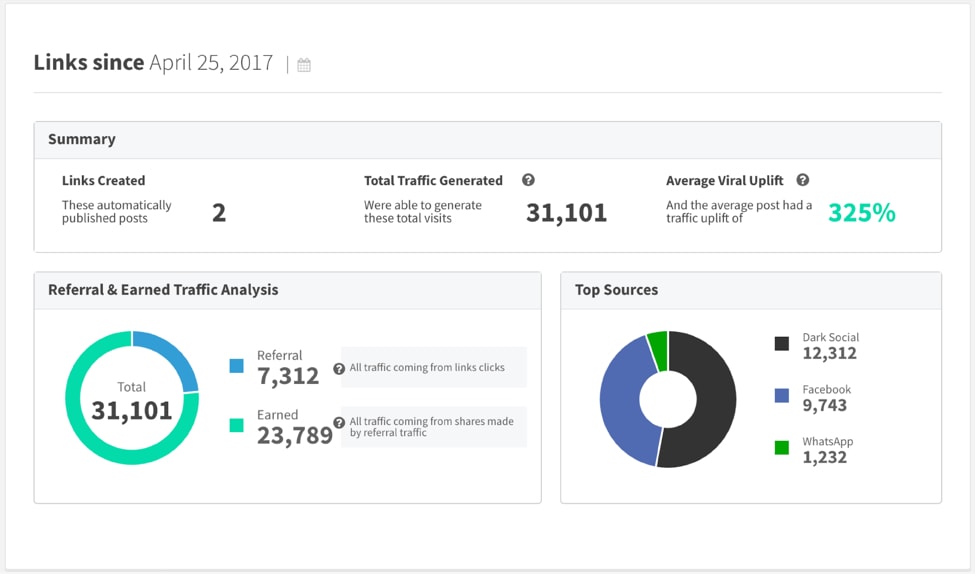




Hey!
It looks like you're browsing in . Would you like to switch over to the website?